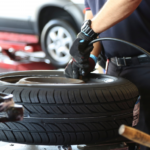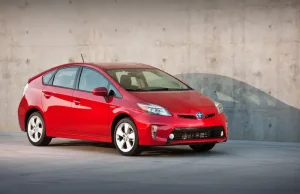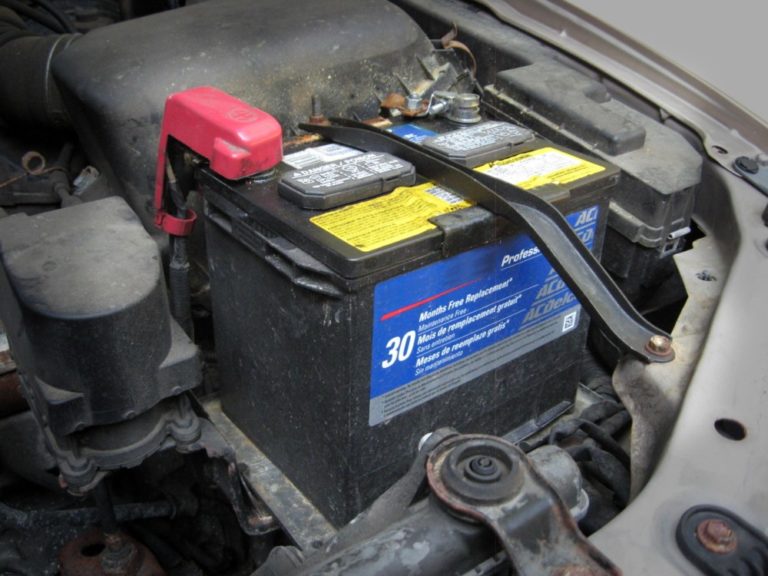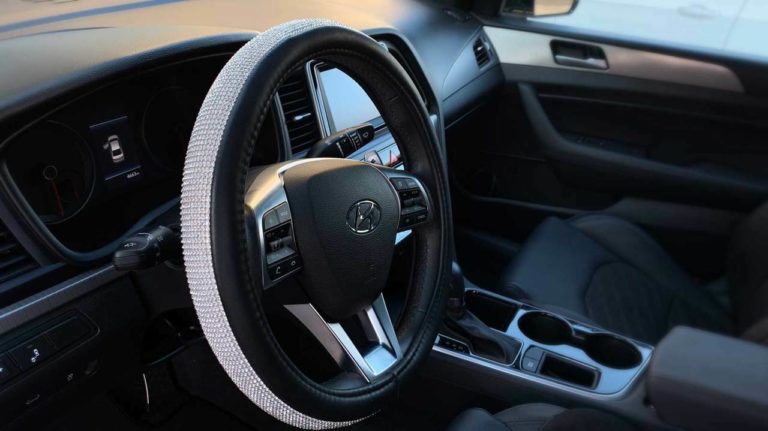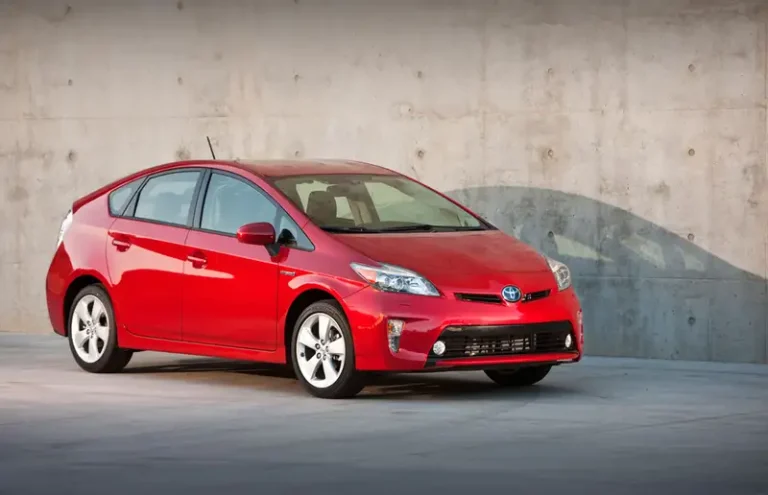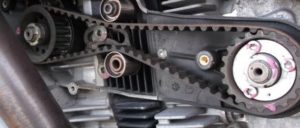If you are about to take driving lessons and enter into the adult world of driving, you may not fully understand how today’s cars actually work. A complex system controls most things and the newer cars are chip controlled, ensuring the best performance and fuel efficiency at all times, and with that in mind, here are a few essential components that can be found on a motor vehicle.

- The Engine – The power component that delivers the power to the transmission, via the gearbox and then to the wheels, the engine needs regular maintenance throughout its life. The essential engine oil must be replaced at every service interval; which might be every 5-8,000km, as the lubricating qualities of the oil degrade over time. For the very best deals when looking for a used car, go to a manufacturer-approved car dealer in Canberra and you can’t really go wrong, as the vehicle will have a full warranty.
- The Chassis – The very framework of the vehicle, the chassis would like be made from aluminium, or a composite, such as carbon fibre, which is still rather costly. The chassis is perfectly welded and balanced to ensure safe handling and in the event of a collision, the chassis must be inspected for alignment.
- The Gearbox – Most vehicles today have automatic transmission, which means the car finds the ideal gear, depending on your speed, the gearbox is responsible for the raising or lowering of the rpm that is transferred from the camshaft, through the gearbox, then down the running gear (shafts with UV joints). Some cars have the engine and gearbox directly above the rear wheels, which removes the need of driveshafts, and the only drivers that prefer manual gears are racing drivers, as they have more control over the vehicle.
- Suspension – The suspension could be of the spring variety, or uses gas, or a combination of both, and with fully independent suspension of every wheel, the ride is always smooth. Some performance cars have adjustable suspension, allowing for a softer, or harder ride, but generally speaking, cars today are set up to handle a full complement of passengers and luggage.
- Brakes & Steering – Both would be hydraulically operated, ensuring maximum braking and power steering makes turning the wheel effortless, and the hydraulic fluid needs to be checked on a regular basis, topping up when necessary. Brake pads on a car will last anything from 30-50,000km, depending on how the vehicle is driven, and should be replace before they wear down to the rivets.
- Wheels & Tyres – Essential for safety, the wheels would likely be alloy, which is both light and very strong; the tyres are critical, as they are the only surfaces that the car has contact with the road and are therefore critical for safety reasons.
The above is very much a generalisation of what it takes to produce a modern automobile, and we are moving into new technology, with driverless cars and electrically powered vehicles coming onto the scene.




